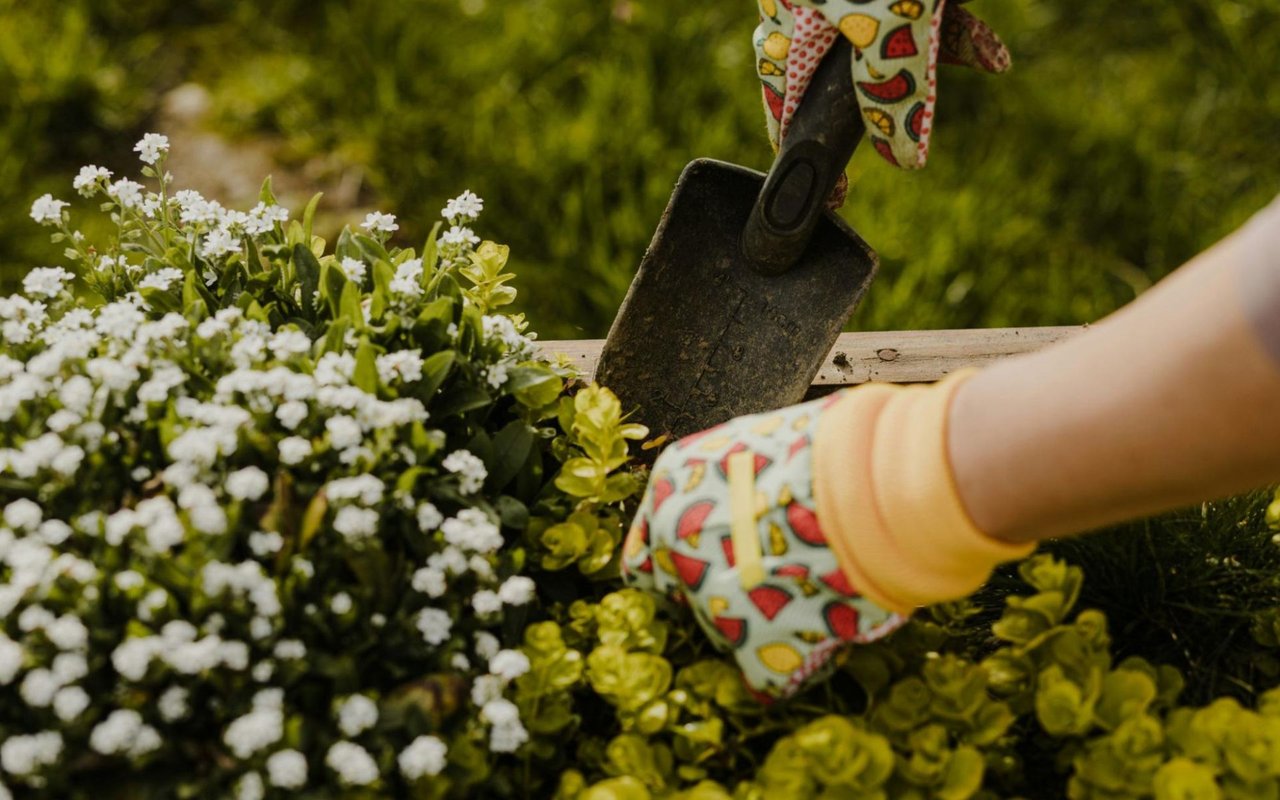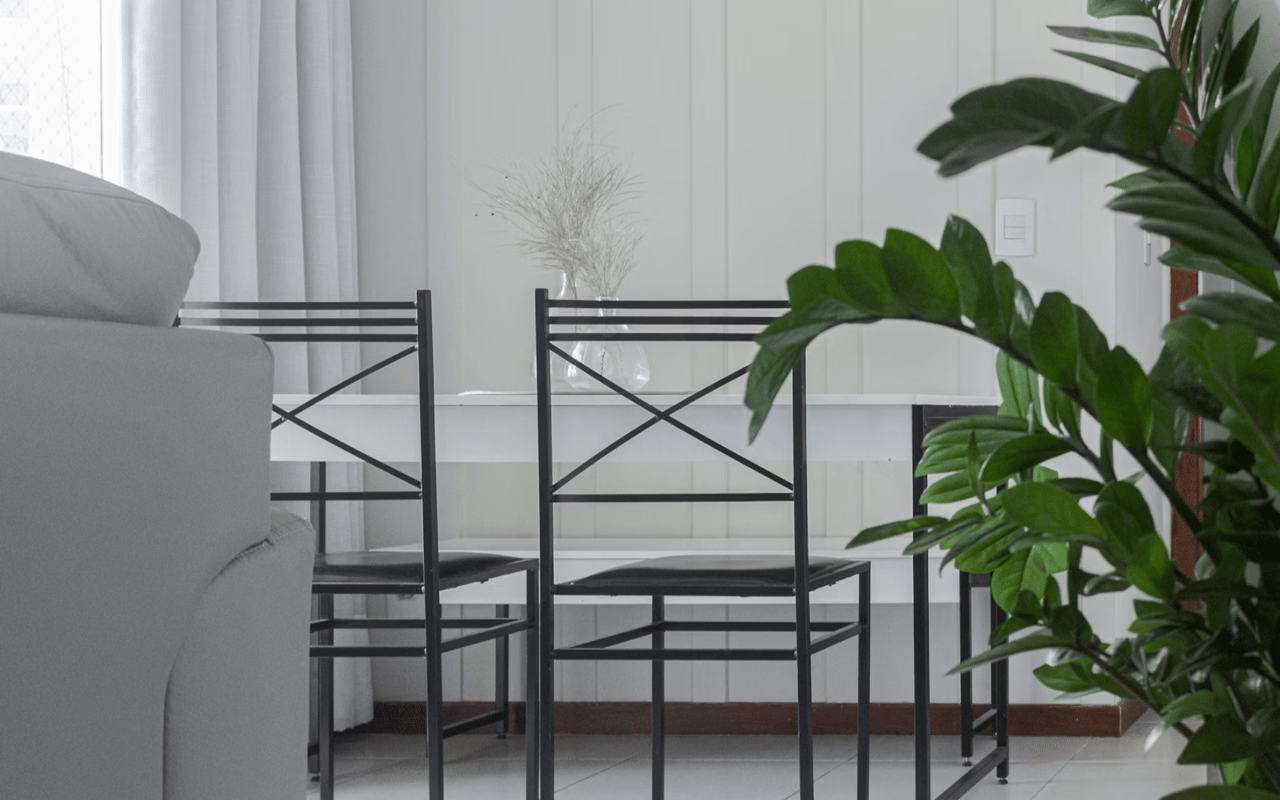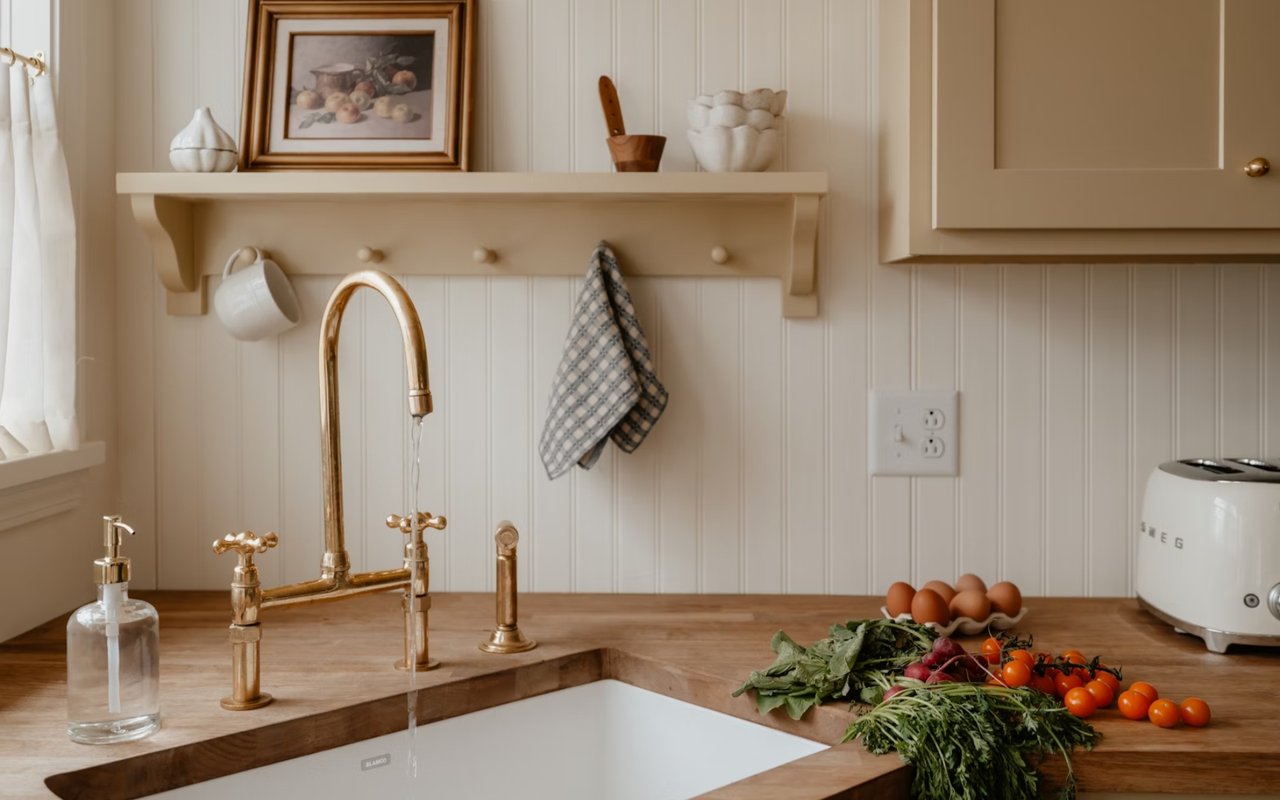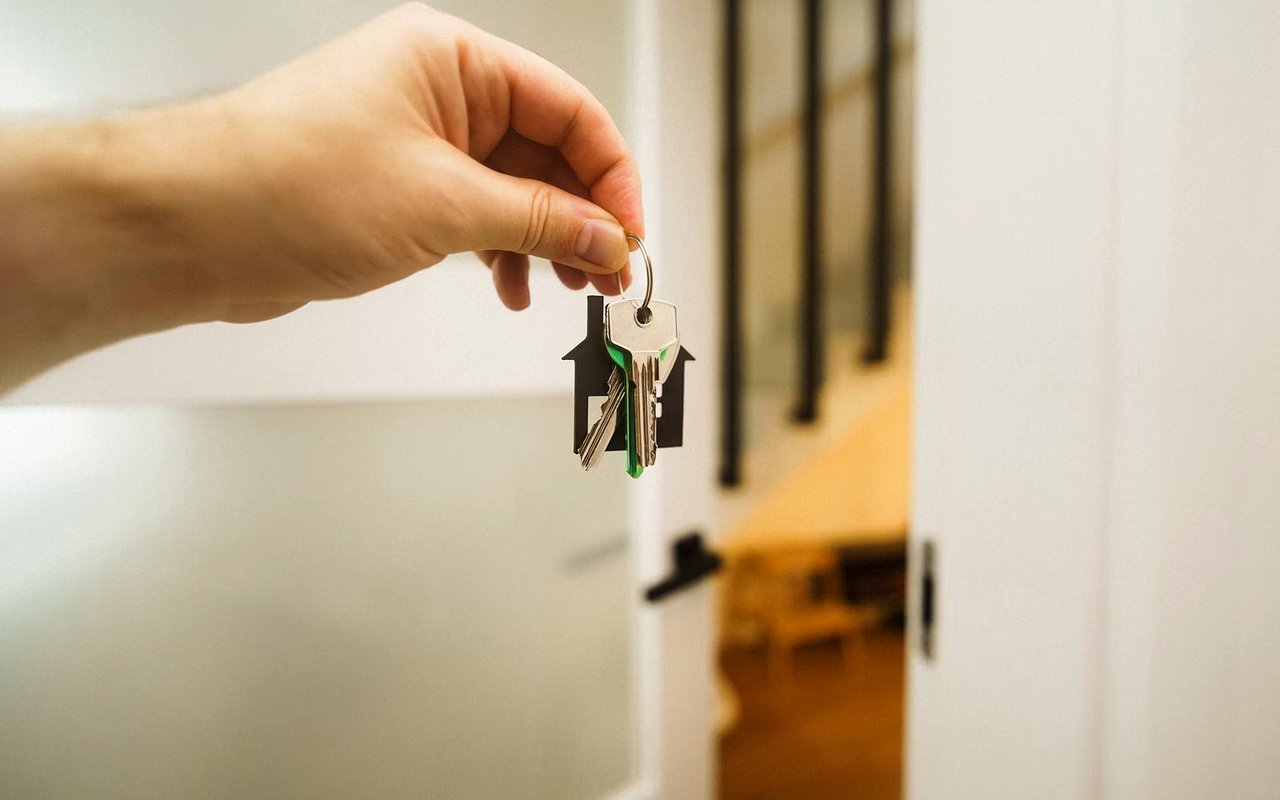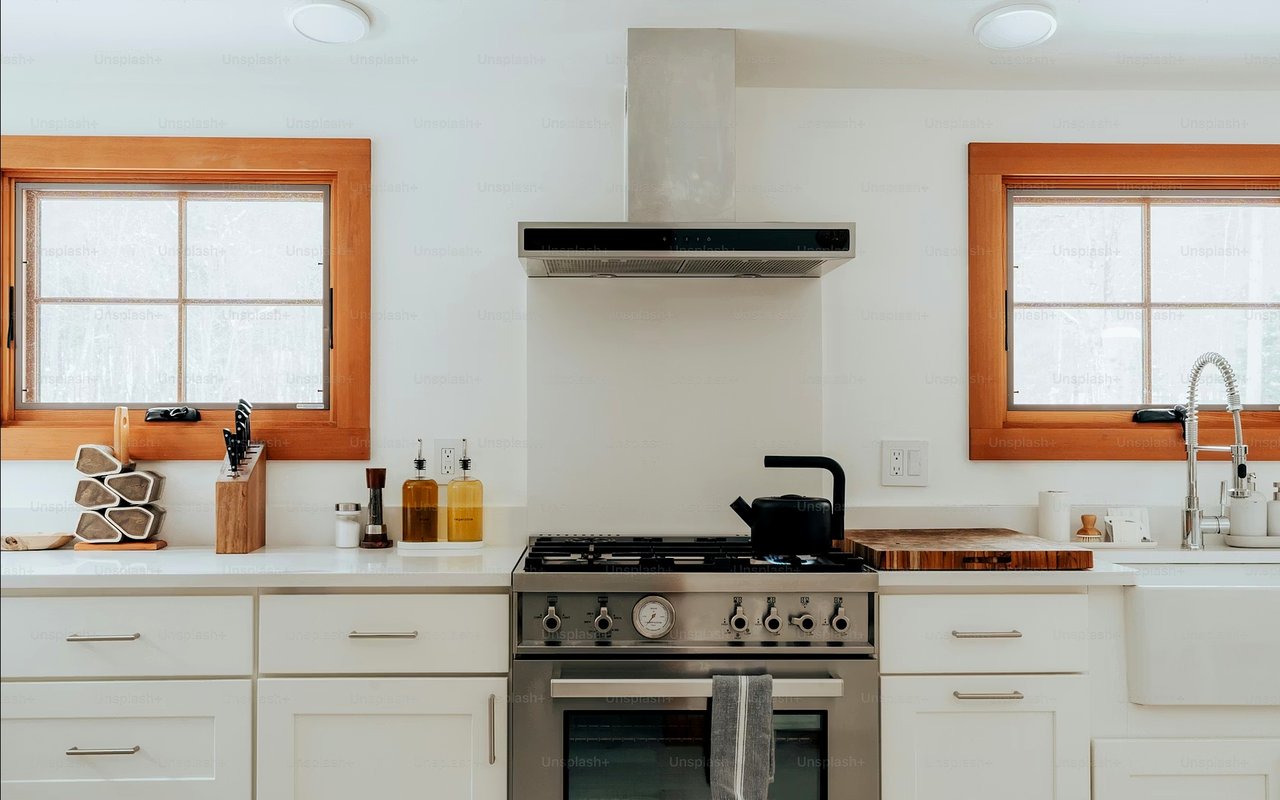Starting a garden at home is one of the most enriching ways to connect with your surroundings — and on Hilton Head Island, it’s something truly special. With its subtropical climate, long growing season, and lush coastal scenery, Hilton Head Island offers ideal conditions for vibrant flowers, flavorful herbs, and abundant fruits and vegetables.
Whether you're aiming for a serene oasis or a space that provides fresh ingredients right outside your door, gardening in your Hilton Head Island home allows you to tap into the island’s natural rhythms while enhancing your outdoor living experience. This guide will walk you through how to plan, plant, and maintain a thriving garden in this unique Lowcountry setting.
Understanding the Climate and Soil of Hilton Head Island
The soil in the area tends to be sandy and well-drained, especially closer to the coast. While that’s great for avoiding waterlogging, it also means nutrients can leach out quickly. To create a garden that truly thrives, you’ll want to amend your soil with organic matter like compost. Testing your soil’s pH level can also help you determine which plants will perform best and whether lime or sulfur is needed to balance the acidity.
Choosing the Right Garden Location
Accessibility also matters. Choose a location that’s close enough to your home to encourage regular care and watering. Avoid low-lying areas where water tends to pool after rain. Elevated beds or gently sloped ground will help prevent root rot and ensure healthier plant growth.
Selecting Plants That Thrive in the Lowcountry
For herbs, rosemary, thyme, basil, and mint do especially well. Many of these not only flourish in containers but also deter pests. When it comes to flowers, look to drought-tolerant, sun-loving varieties like zinnias, marigolds, and lantanas. Native plants are particularly low-maintenance and beneficial to the ecosystem. Consider adding beautyberry, yaupon holly, or coral honeysuckle to support pollinators and wildlife.
Planning and Designing Your Garden Layout
Create zones based on plant needs. Group full-sun vegetables together, and place herbs near pathways or the kitchen for easy access. Keep taller plants on the north or west side of your garden to prevent shading smaller ones. Walkways and irrigation should be factored in as well; make sure you have easy access to water, whether it's through drip lines, soaker hoses, or a nearby spigot.
Getting Your Soil Ready for Planting
For raised beds, use a mix of topsoil, compost, and vermiculite or perlite for proper drainage and nutrient retention. Don’t forget to mulch — pine straw or shredded bark works well and helps retain soil moisture, regulate temperature, and reduce weeds.
Watering and Irrigation Tips for Hilton Head Gardens
Drip irrigation or soaker hoses are more efficient than overhead sprinklers, delivering water directly to the roots where it’s needed most. If you're growing in containers, be mindful that they may dry out faster and need more frequent attention. Using mulch around the base of plants helps retain moisture, minimize evaporation, and keep weeds at bay.
Start Digging Into Your New Garden
Creating a home garden on Hilton Head Island is about more than just planting flowers or harvesting tomatoes. It’s a lifestyle choice that deepens your connection to your surroundings and brings a sense of rhythm to your days. With the right preparation, a clear plan, and a willingness to learn from nature, you’ll be well on your way to cultivating a garden that nourishes your table and your spirit. So grab your gloves, step outside, and start shaping your coastal retreat, one plant at a time.
Connect with The Joan Kelly Group if you’re ready to find a stunning Hilton Head Island home for all your gardening needs.
Don’t Miss These Articles:
